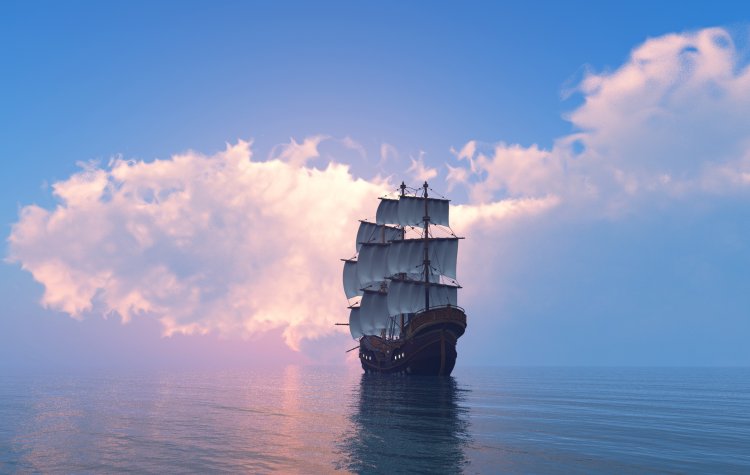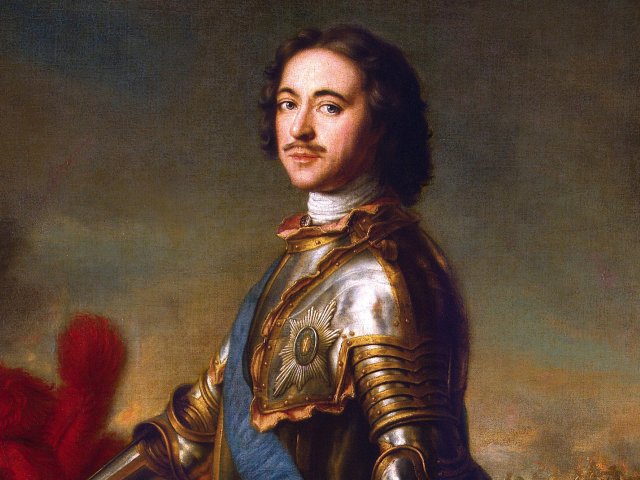Three years in the seas and oceans; riots, skirmishes with the natives, famine, and scurvy, and the death of the expedition commander – the first-ever circumnavigation of Earth by Fernand Magellan ended 499 years ago – on September 6, 1522. Of the five ships that sailed, two remained intact, and only one with a crew of 18 people returned to the Spanish port.
On September 20, five ships left the port of Sanlucar de Barrameda: Trinidad, San Antonio, Concepción, Victoria, and Santiago. A cargo of food for two years, cannons, arquebuses, crossbows and armor in case of skirmishes, fabrics, jewelry, and mirrors for trade. There were about 280 people in total.
Magellan began his journey through the Canary Islands, along the northwest of Africa. Then across the Atlantic Ocean to the coast of Brazil. In December, the expedition reached La Plata, where Buenos Aires is located today. There Magellan tried to find a passage through the continent. This failed, and the expedition went south until it reached a bay called San Julian. There the crews of the ships camped for the winter.
After the unsuccessful mutiny of the captains of the Victoria and Concepción, who demanded that Magellan consult with them and make decisions in the expedition only with their approval, a tribunal was assembled. 40 participants of the mutiny were sentenced to death; however, they were pardoned right away: it would have been an irreparable loss for the expedition.
In May, Santiago went to explore the coastline south of the winter quarters. Caught in a storm, the ship crashed, and it took several weeks for its crew to return to the winter camp. This was the first serious loss of the expedition: the smallest of the ships was intended for exploration. During the winter, the researchers lost about 30 people. Almost a year after the start of the expedition, only four ships have gone further.
During the exploration of the Strait of Magellan, the expedition lost another ship. This time, not in a storm: San Antonio, sent to investigate, mutinied, and the ship sailed back to Spain. The passage of the other three ships through the strait took 38 days. On November 28, 1520, Magellan finally reached blue water.
About 17 thousand kilometers across the ocean – when preparing, they did not expect they would have to travel such distances without the opportunity to replenish supplies, so hunger began on the ships. The chronicler of the expedition, Antonio Pigafetta, writes, “We ate biscuit, which was no longer biscuit, but powder of biscuits swarming with warms, for they had eaten the good. It stank strongly of the urine of rats. We drank yellow water that had been putrid for many days. We also ate some ox hides that covered the top of the mainyard to prevent the yard from chafing the shrouds, and which had become exceedingly hard because of the sun, rain, and wind. We left them in the sea for four or five days, then placed them for a few moments on top of the embers, and so ate them; and often we ate sawdust from boards. Rats were sold for one-half ducado apiece, and even then we could not get them.”
For almost four months, the expedition was crossing the ocean – it was then it was called the Pacific Ocean, as during all this time there wasn’t a single serious storm.
In the early spring of 1521, the earth showed up. On April 7, the ships landed on the inhabited island of Cebu. The place was quite civilized, and after negotiations and trade, the local rajah agreed to accept the authority of the Spanish Crown. Magellan tried to convince as many local rulers as possible to come under the new government. After the refusal of one of the leaders of Mactan, a neighboring island, the commander of the expedition decided to organize a military raid. It was then, during an unsuccessful battle, that Magellan was killed.
“The natives continued to pursue us, and picking up the same spear four or six times, hurled it at us again and again. Recognizing the captain, so many turned upon him that they knocked his helmet off his head twice, but he always stood firmly like a good knight, together with some others. Thus did we fight for more than one hour, refusing to retire farther. An Indian hurled a bamboo spear into the captain’s face, but the latter immediately killed him with his lance, which he left in the Indian’s body. Then, trying to lay hand on sword, he could draw it out but halfway, because he had been wounded in the arm with a bamboo spear.
When the natives saw that, they all hurled themselves upon him. One of them wounded him on the left leg with a large cutlass, which resembles a scimitar, only being larger. That caused the captain to fall face downward, when immediately they rushed upon him with iron and bamboo spears and with their cutlasses, until they killed our mirror, our light, our comfort, and our true guide.” – relates Antonio Pigafetta.
The remaining crew members continued their journey to the west. As a result, only Victoria and Trinidad remained intact. On September 6, 1522, Victoria, which at that time was commanded by Juan Elcano, and 17 other members of the expedition returned to Spain. Trinidad was captured by the Portuguese on the way, but some of the crew members were later redeemed.
This is how five hundred years ago the expedition confirmed that Earth is a globe and there is the single World Ocean.
Photo: 1971yes / ru.123rf.com
Based on open sources






















